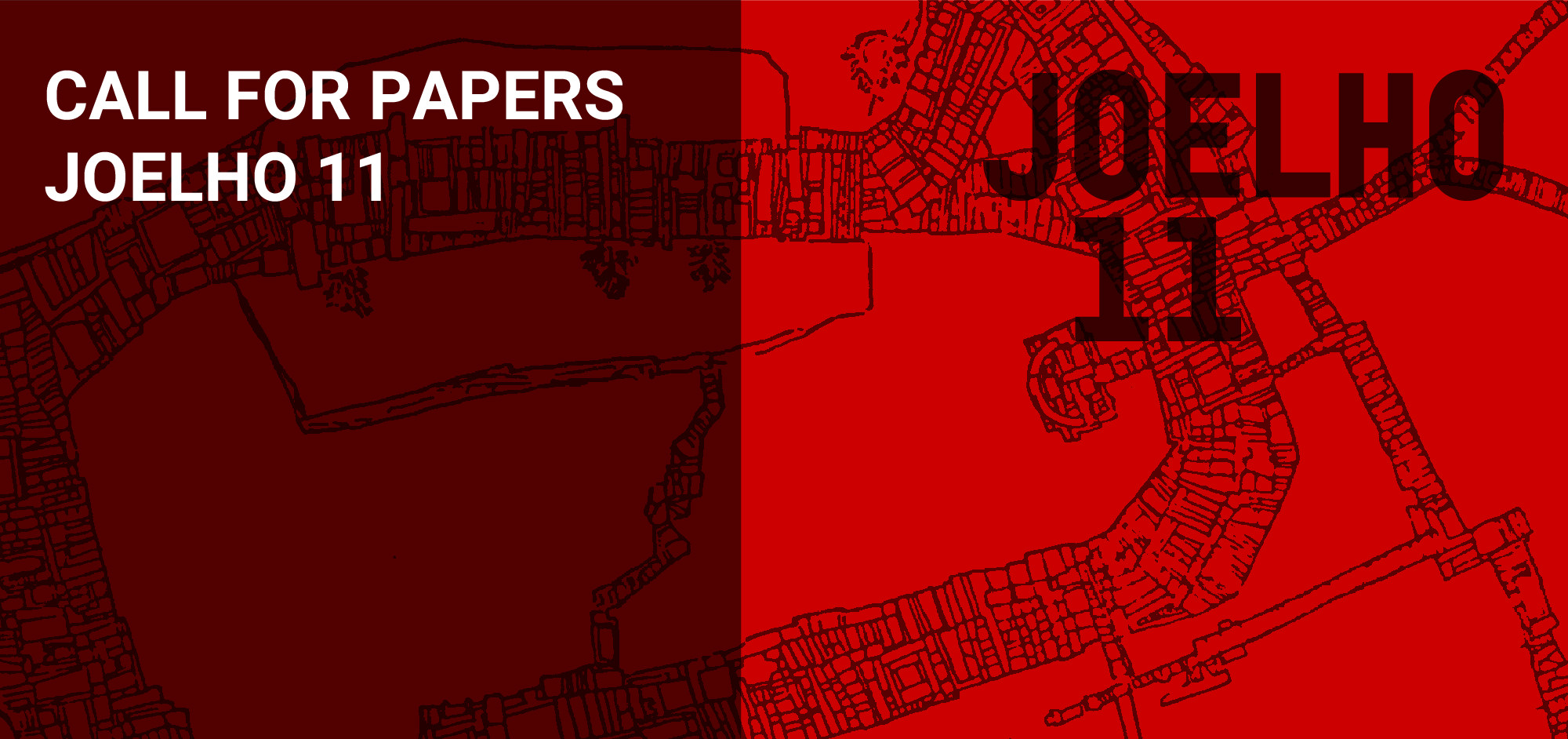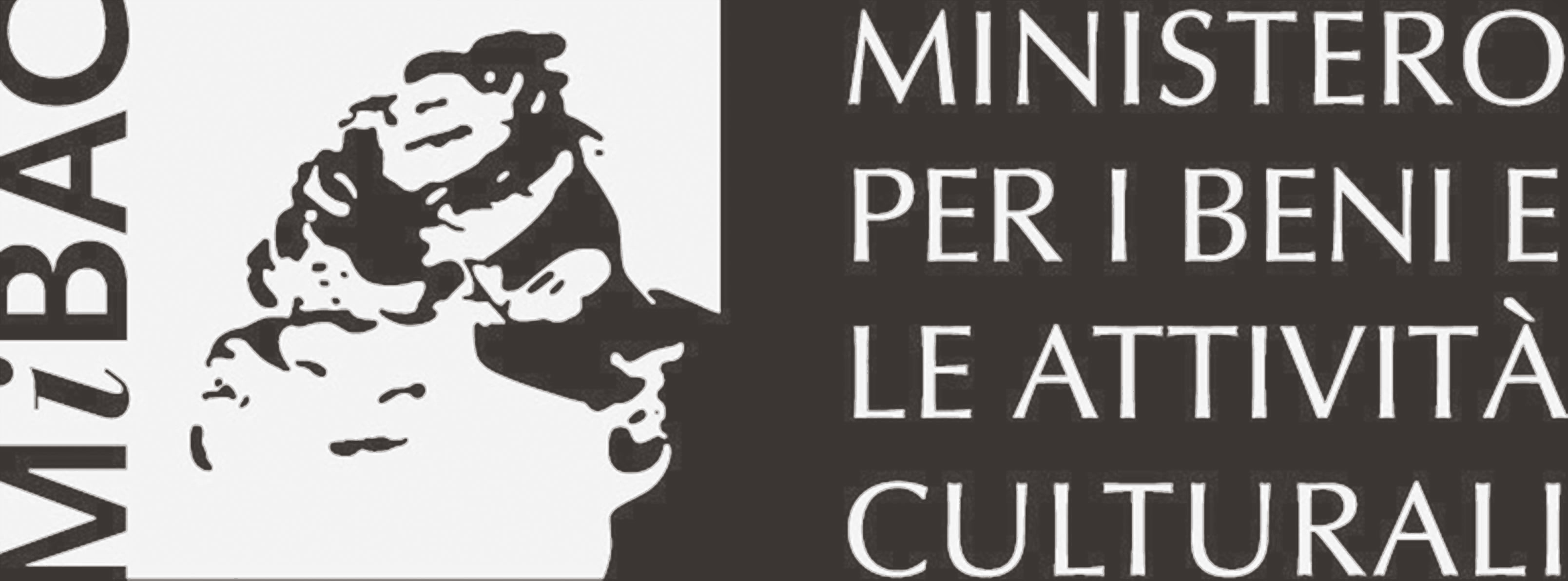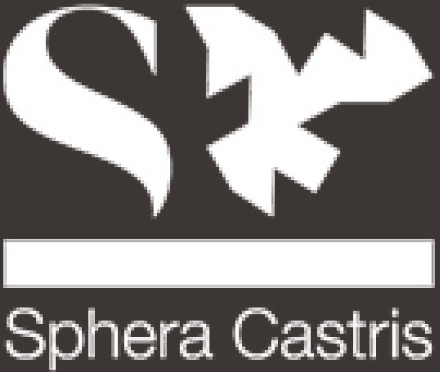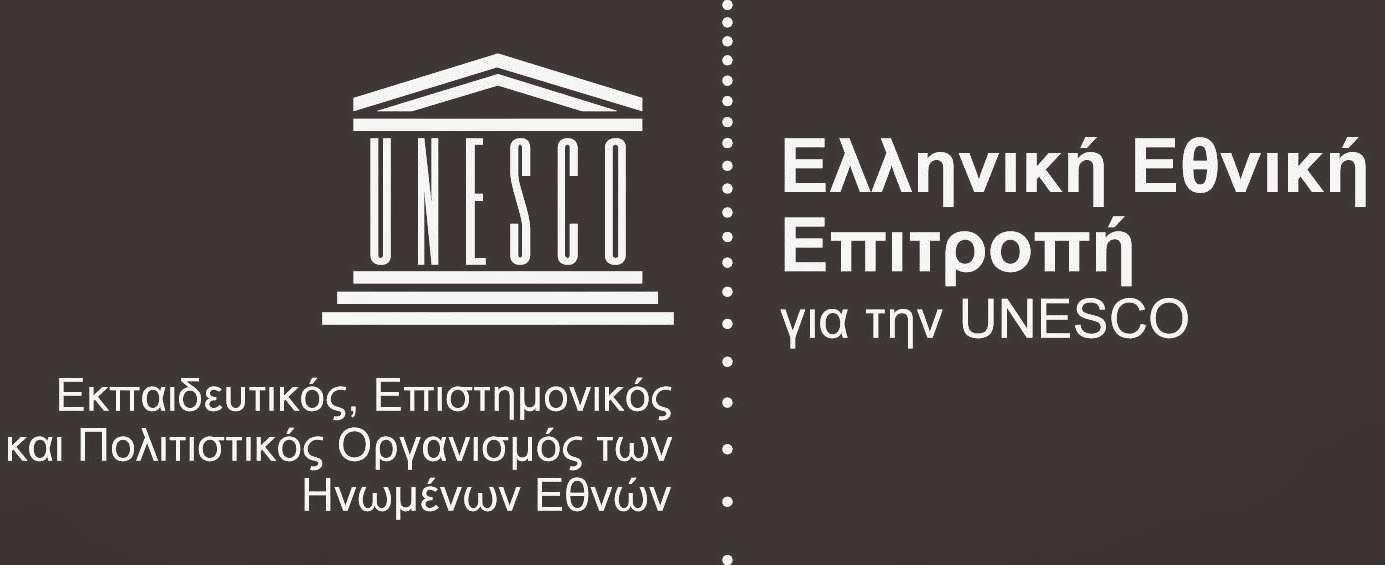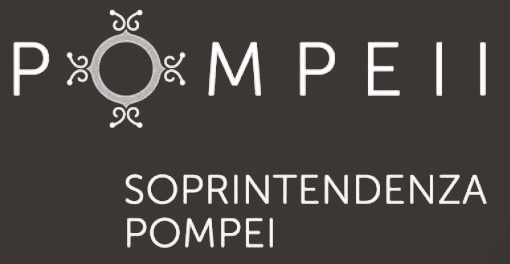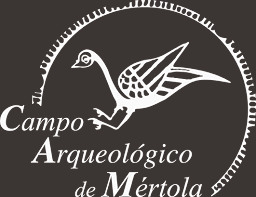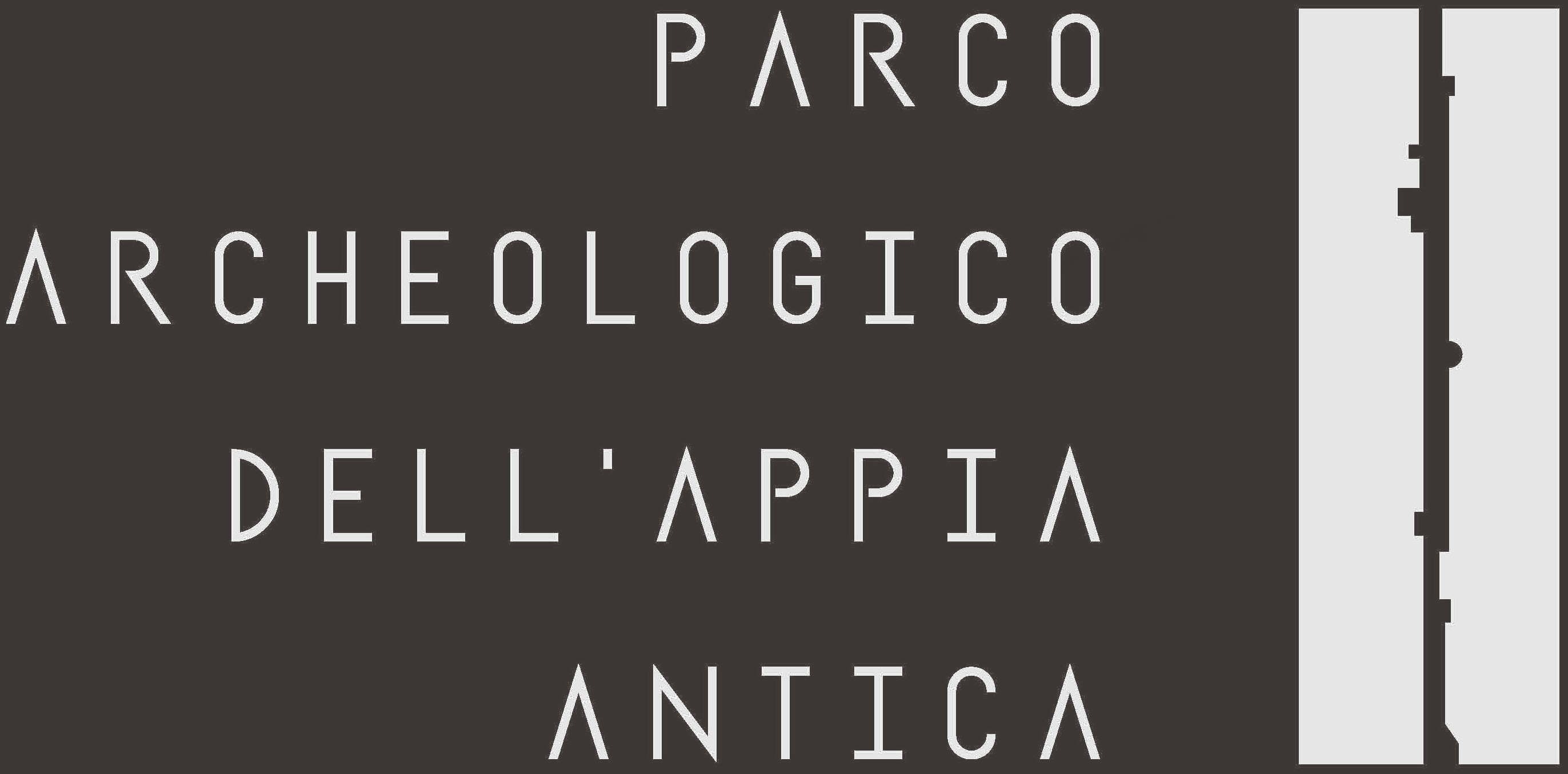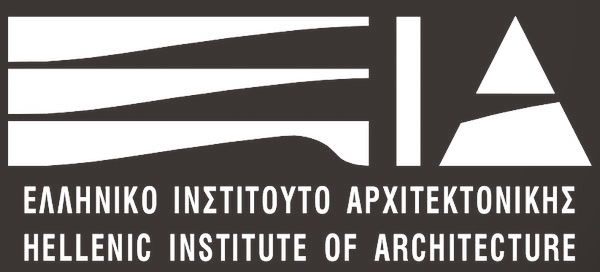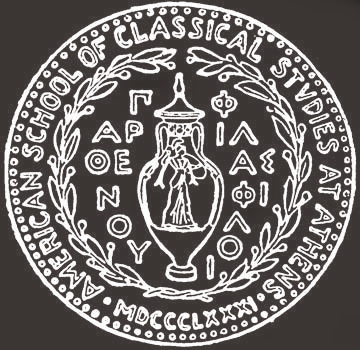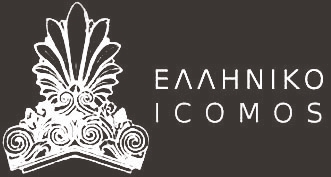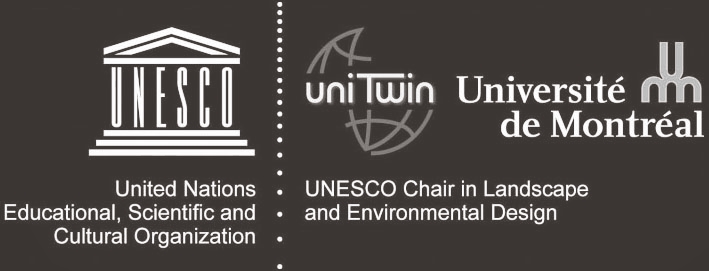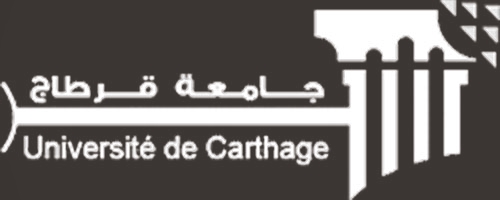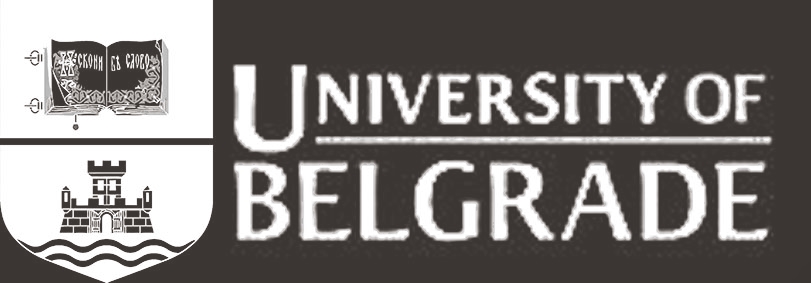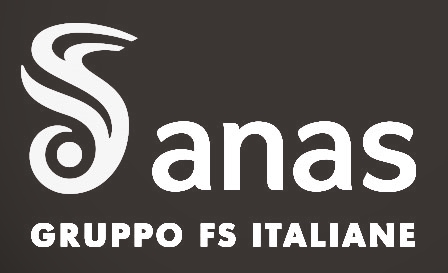Archaeological sites have been considered as places of memory preservation and celebration of a past – settlements of communities and migrations of ethnic groups, cultural exchanges between communities, religious movements and their progress in the territory, and the processes of territorial domination, among others.
An interdisciplinary interpretation of these topoi crosses geological, historical, material, environmental, architectural and landscape studies, and allows us to rethink their interaction with the contemporary territory and the preservation of the signs of the past. That is, it allows us to think of these places and sites as potential levers of social, cultural and economic development of the societies that preserve them.
Particularly, places located outside of great touristic attractions, generally placed in peripheral metropolitan locations or remote areas of the interior, or in some lost places on the coast, are particularly subject to difficult economic sustainability. In spite of their dimension, many of these sites are of great interest concerning cultural value, local appropriation and identity, and they may have a new role in local development, in difficult or even survival economies.
The next issue of the journal Joelho is devoted to crossings of reciprocal lessons in landscape, archaeology and architecture studies. It focuses on the disciplinary intersection and considers studies devoted to reflection about the sustainability and conservation of peripheral archaeological sites. It takes into account the great threats that abandonment and degradation involves or the climate change implies’ (in particular on sites located on the shore of fragile coastline systems subject to collapse, changing seawater levels, river and stream flooding regimes, and forest fires) and the actions concerning the mitigation of threats to heritage (fences and walls, coverage and other protections, inclusion in contemporary developments of archaeological remains; run-off channels; forests, plantations of fire-fighting tree
and plant species), tourist pressure on the shoreline and inland desertification (construction of accessible routes, logistical and informational support, cultural uses of archaeological findings), and alternative uses of agricultural intensive soil that may take advantage of other forms of plantations, including the millennial fallow. We are particularly interested in the connections between archaeological landscapes and other types of landscape such as:- Infrastructural systems where contemporary intersections collide with ancient ones; – Productive landscapes (agrarian, fishing, extractive, industrial), considering not only the rich collection of landscape devices (paths, roads and bridges, centuriation and division of property, dams, dikes and canals), but also the irrigation and water systems (ancient baths,
cisterns and rural domus); the canning industry (garum in the Iberian west, Mediterranean and south coasts), the mining and quarrying (iron, copper or gold, throughout the country). We value studies that are based on: – the interpretation of archaeological sites and landscapes through mappings and cartographies, and the disciplinary crossing needed for mappings (geology, botany, topography, orography and history of settlements), as a way of knowing geographical, ecological, historical and social systems and its importance for preservation and visiting, integration and alteration; – the use of design and narratives that connect directly with readings of the archaeological context, producing sites of higher cultural and social meaning, and reinforcing their economic resilience.
At a time of strong, unsustainable consumerism with serious environmental consequences, the study and interpretation of the rich archaeological processes allows links between these places, marks and traces and the contemporary situation, thus demanding new design tools and processes. In support of a newly inaugurated European Joint Master’s Degree among Portugal, Italy and Greece, dedicated to building a common language between archaeology, landscape studies and architecture, the journal Joelho is interested in these archaeological landscapes because of their potential for learning about and rethinking the areas where the intersection of the past with the present can generate improved ways of interdisciplinary interaction – and therefore foster a qualified architectural design capable
of integrating and conserving archaeological landscape environments with the use and life of societies.
ABSTRACTS UNTIL APRIL 15th 2020
JOELHO WEBSITE HERE
JOELHO 11 HERE
SUBMISSIONS HERE
More Info – Submissions and Authors Guidelines HERE
